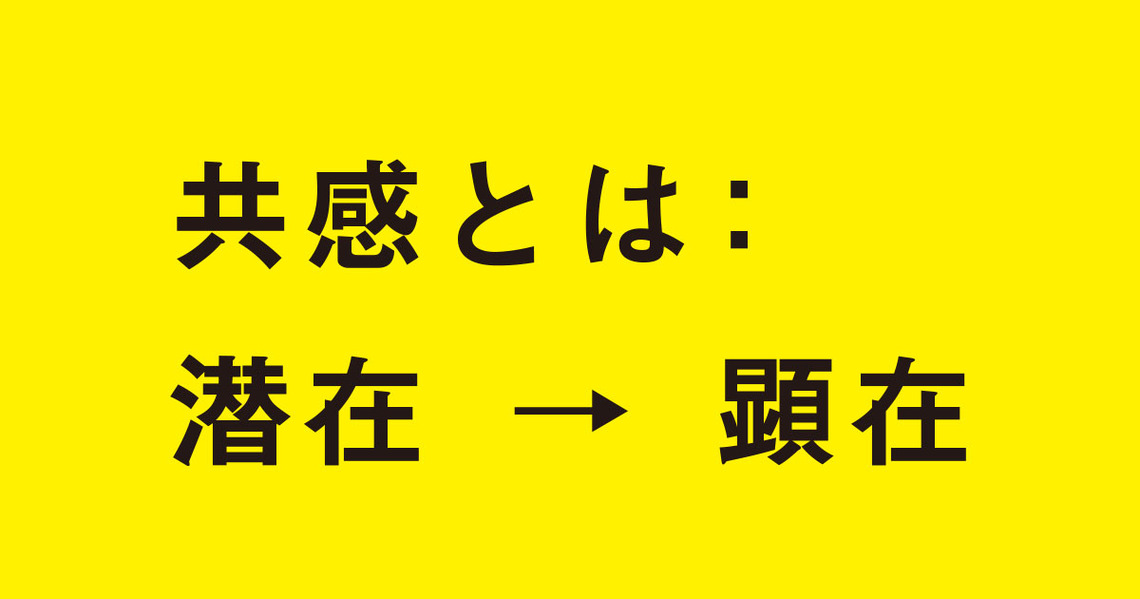Copy that makes people think, "Now that you mention it, that's so true!" gets shared widely. As a concrete example, let me introduce one poster that created explosive buzz.
"Nothing's really clicked since the handkerchief, Waseda-san."
"The term 'Biri Gyaru' suits you perfectly, Keio-san."
(Keio vs. Waseda Game / 2015)
Within the Tokyo Big Six University Baseball League, the Keio University vs. Waseda University matchup is a highly anticipated showdown. However, after the peak of the "Handkerchief Prince" craze, attendance had been declining. To reignite the stadium's energy, Yusuke Kondo, a copywriter at Dentsu Inc. and an alumnus of Keio University's Cheerleading Club, created this poster.
Through repeated interviews with current students, Kondo identified a key issue: "Today's Keio and Waseda students have little rivalry spirit." He wanted to convey to students and alumni that the Keio-Waseda game isn't just a baseball match, but a battle of pride between supporters. He aimed to stir the dormant school spirit within them. With this in mind, Kondo crafted copy that both respects and provokes the rival.
The wording, "Biri Gyaru" and "Handkerchief," effectively captures each school's unique culture, inviting empathy. The poster leverages "empathy for school spirit" and "empathy for belonging to a community." Adding "empathy for rivalry" makes the copy even more powerful. Interest in university baseball is limited to core baseball fans. However, emotions tied to belonging and rivalry are something everyone can relate to.
If you look closely at the posters' logos, Keio's uses "Keio-Waseda Game," while Waseda's uses "Waseda-Keio Game." At Keio University, Keio vs. Waseda is called the "Keio-Waseda Game," never the "Waseda-Keio Game." Incidentally, as a Keio alum myself, I've standardized the notation in this article to "Keio-Waseda Game" (lol).
The tweet introducing the poster garnered over 27,000 retweets and was featured on TV and in newspapers. Alumni who learned of the response donated funds, enabling the poster to be displayed at the stadium on game day. People lined up to take commemorative photos. As a result, that year's Keio-Waseda game successfully drew over 60,000 spectators over two days.
This case demonstrates how personal "empathy" can successfully create real, large-scale excitement. However, the potential of "empathy copy" extends beyond this. While sharing is often misunderstood as fleeting buzz, it can also weave a brand's story over time. I explain this methodology in detail in my book, 'Copy That Gets Shared a Million Times '. I encourage interested readers to check it out.
Next time, we'll cover Rule #4: "Controversy."








